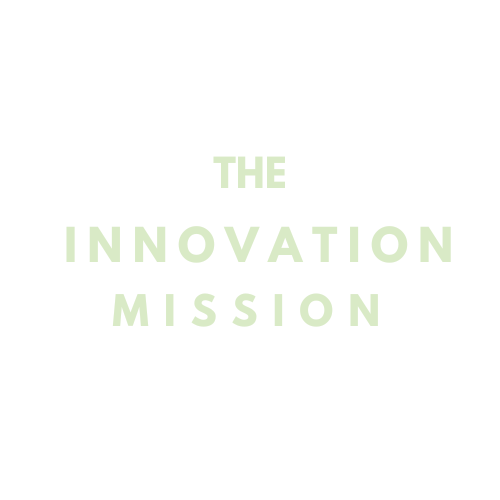A day of reflections on Australia's innovation system: National Innovation Policy Forum 2023
November 28, 2023
Yesterday in Canberra, I had the privilege of participating in the National Innovation Policy Forum convened by Cooperative Research Australia The day featured a thoughtful series of dialogues on the future of Australia's innovation system and the role(s) of the impressive group of leaders, thinkers and doers present in bringing that future to life.
There was an awful lot of thought-provoking reflection to digest, but for now, I'll offer just a few observations for those who think and work every day on the future Australian economy and our critical (future) industries every day.
We heard from Minister Ed Husic MP, kicking off with observations from the just-released (and full of critically important observations) Barriers to Collaboration and Commercialisation report by Industry Innovation and Science Australia (IISA), chaired by Andrew Stevens. The Minister, the report and Dr Cathy Foley, Australia's Chief Scientist, are all highlighting the most important 'missing middle' in Australia. This is NOT the gap in mezzanine finance for growth companies, nor is it anything to do with startups--it's all about the missing components in our national 'engine for scaling up.' Our missing middle, rather, is the 'medium-sized business' in 'SME.'
If one looks at high-performing global leaders in science and technology-driven innovation like Germany, the United States, and others, a common element is a healthy and dynamic SME sector able to invest strongly in its people and in science, technology and engineering-driven innovation. Medium-sized businesses are, of course, especially critical in driving the development, adoption and growth of innovation. In Australia, our economy is actually heavily skewed to the ‘micro’ end of the MSME sector, with 90% of private businesses employing 1-9 people (this figure in countries like the US, Germany, Canada and the UK is in the 60s%). If we are to achieve the lasting innovation-driven performance many of us want, we’ll need to see sustainable growth in the nation’s medium-sized business footprint—IISA's new report contains a thoughtful reflection on the policy and investment settings that can help drive that growth.
‘Case studies’, when done thoughtfully, can be a big help. We were treated to an absolutely vital one from Catherine Livingstone AO, who gave the Ralph Slayter Address on Science and Society in memory of Australia’s first Chief Scientist. Ms Livingstone pulled insights from her time in leadership at Cochlear, tracing the full behind-the-scenes history of that great Australian innovation success story. She artfully used the story as an ‘object lesson’ for today’s innovation system challenges. The Cochlear story was one of twists, turns, successes and failures common in breakthrough medical device development, which unsurprisingly took around a decade to get to market. Central to its success were: 1) the stability and predictability of government policy in science, technology and innovation (this has been utterly missing from our public policy landscape over the past ~15 years!) and 2) targeted, non-dilutive government support (non-dilutive grants) to technologies of critical national importance/value.
Phil Morle of Main Sequence reminded us of how far we’ve come—in a relatively short time—as an innovation system. Phil observed that when he left his leadership role at Kazaa in 2008 and wanted to join another startup leadership team, “there weren’t any startups [in Australia]!” We now have a sophisticated startup support ecosystem, thousands of startups and a specialised and homegrown Australian venture capital sector. The final frontier for Phil—and I’m massively in agreement with him—is ‘radical collaboration.’ We have the people, skills and core technologies in Australia to bring world-changing innovation to market in a systematic fashion. Phil and IISA’s report underline the systemic need to engage in long-term, deep collaboration across institutions, industries and disciplines to reach that next horizon of performance.
We formed The Innovation Mission because of our belief in the strength and promise of Australia’s innovation system—and our desire to help drive stronger performance of that system. Thanks in part to the time and space generously offered by my new fellowship at The Australian National University's CEAT , I'll soon be doing some reflecting and writing on 'the how'--how do we achieve step changes in the quality and depth of our collaborations for transformational innovation? How can we successfully create and support 'mission-oriented' innovation programs in Australia? We can do these things, and it's time to move from analysis to action.
